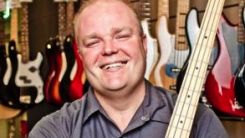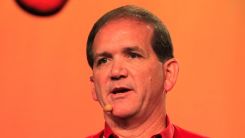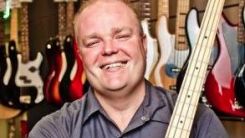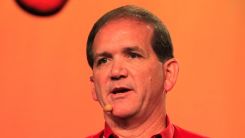Does your store hit a low every summer, right before the back-to-school season begins? Raegan Michelle Medeiros found her business, John Michael's Music, in this position mid-summer—no cash and no customers walking through the door. She needed to hold a sales event with no budget. If this sounds familiar, find out how she increased her sales by "975 percent"—and gained new customers.
One of the biggest problems most music retailers face is inventory. They have too many products that aren’t moving and not enough products that are. This can be fixed by avoiding a few key pitfalls and identifying the winners and losers in your store. Learn how from Donovan Bankhead of Springfield Music.
Do you know what’s profitable at your store and, more importantly, exactly what products and operations are not? Having a hunch doesn’t count. Only when you know where your profits really are can you make the best decisions to maximize your bottom line. Lori Supinie of Senseney Music shows you how to manage your profitability.
A recent news report estimated that the average American household spends about 4 percent of its annual income on gasoline. Plus, most freight shipments that get delivered to our doors arrive in vehicles running on diesel, which is even more expensive. For this reason and many more, we have to keep a close eye on our daily freight costs. Mike Guillot of Mississippi Music shows you how.
Do you find yourself saying, "I have too many things to do to worry about being productive"? The good news is managing your time is easier than you think. A few simple online tools will help you stay on track. Donovan Bankhead of Springfield Music reveals how such tools as Gmail, Boomerang, Google Calendar and Google Drive can change your day-to-day experience—and impact your bottom line.
Does your company handle purchasing as a team? Are the voices of your sales and support staff heard before you place purchase orders? Obviously, a purchasing director or manager needs to make final calls on buying decisions, but the more you can get your associates involved in what they're going to sell, the more they'll be motivated to sell it.
John Pedersen of Pedersen's Band and Orchestra first used QR codes as a promotional tool on his company's student band folders. Since then, he's seen his store's mobile app usage more than double—and he's gotten his message out to as many as 2,000 students daily. Learn about Pedersen's band-folder promotion, along with several other simple but creative uses for QR codes that have helped promote his music retail business.
My first exposure to QR codes was three years ago at a convention in Fresno, Calif. My wife and I had a booth to promote a new side business: our own brand of instrument care kits. During the convention, one of my reps dropped by and showed me how QR codes worked on his iPhone. Little did I know they were going to be an easy and inexpensive way to promote what we were already doing.
The last morning of the 2013 NAMM Show kicked off with Best in Show. Six retail gear experts shopped the show to find their favorite products and presented the top picks during the popular Breakfast Session. The last category, Best in Show, featured the best products or services that panelists saw at NAMM.
The last morning of the 2013 NAMM Show kicked off with Best in Show. Six retail gear experts shopped the show to find their favorite products and presented the top picks during the popular Breakfast Session. The third category, Company to Watch, highlighted exhibitors with trendsetting products or services.









